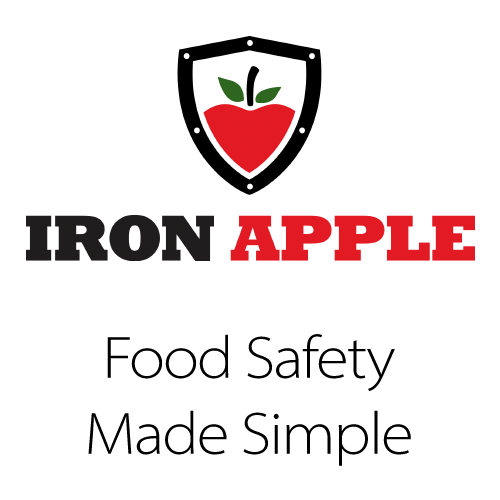Living with COVID-19: Managing Quality and Food Safety Programs in the New Normal
OCTOBER 2, 2020 – PART THREE:
Remote Quality Audits – Is this compromising food safety?
*Part 3 of a 3 part series.
In part one of our series, we looked at the new challenges across multiple industries during the first wave of COVID-19.
In part two we looked at building operational procedures that are resilient and built to withstand disruption to the “normal” production day and why moving to a digitized system could be the answer.
Part three of our series will examine remote audits – the pros and cons, how to prepare for one and the process for going through a remote audit.
During the first wave of COVID -19, many of our customers in food and cannabis processing were questioning if they should still have their quality audit in the early spring and summer months. They were already limiting non-essential employees into the facility; do they risk having a visitor? The answer was always a unanimous, yes! It is more important than ever to show your customers that your organization is still maintaining its food safety and quality standards. The best way to do that is through the audit process. During these challenging times, people, in general, are more distracted, and the last thing organizations want to experience is having their quality standard or program fail due to lack of oversight. Continuing with the audit process would be the best practice to have an extra set of eyes examining your processes. The risk of waiting too long puts your organization in jeopardy of their certification lapsing and potentially losing customers.
Why there is now a need for a remote audit more than ever?
Given travel restrictions and updated facility visitor policies, traditional quality, and compliance, audits need to change. We need to see new innovative ways to ensure third-party audits are being completed but in a safe manner. Having a remote audit is not a compromise to food safety- it’s showing that your organization can adapt and use technology to maintain a high standard of safety. If operationally, your organization can perform a remote audit, verify that the certification body you are working with can conduct and plan the audit with you. As mentioned, having a remote audit completed is not a compromise for food safety. It’s giving comfort to the supply chain during these challenging and uncertain times.
What are some things to think about when preparing for a remote audit?
If your organization has not yet made the shift to a digitized food safety plan, moving to a remote audit is still doable. Remember, an audit is a reflection of your everyday operations. Beyond preparing for the audit’s record-review section, the day of the audit should be business as usual. For the most part, a remote audit requires the same preparation as an onsite audit, and the initial set up remains similar. The auditor will contact you before the audit to discuss which records and documents they would like to review and how they will access these documents. If using a QMS similar to Iron Apple, you can give your auditor access to the digitized SOPs and records by giving them read-only auditor access. If you are not using a QMS, arrange with the auditor the best option to receive documents- this may be by email or a shared document storage site such as Google Drive or Dropbox.
Like onsite audits, the remote audit will still consist of an opening and closing meeting, and interviews with personnel. Before the audit, discuss the best platform for the auditor to conduct a virtual meeting such as Skype, FaceTime, or Zoom. You should also determine the best way to perform a virtual walkthrough of the facility and the best way to observe a process virtually. The best option for a remote audit would be to also conduct a virtual walkthrough in real-time. However, if a real-time walkthrough of the facility or observing a task is not an option due to weak internet connection, lack of proper equipment, etc., we would suggest a recorded video. Recording an onsite walkthrough would likely happen after the auditor performed the record review, and they could indicate if there we certain areas of concern they would like to see.
What can your company expect during a remote audit?
The remote audit process is remarkably similar to an onsite audit. According to the feedback Iron Apple has received, audits being completed remotely tend to be more efficient than the onsite audits. The facilities do not feel overwhelmed, and auditors can dive deeper into more areas without the distractions. Auditors will review documents, records and the virtual onsite inspection through the agreed-upon method and platform. Like an audit performed onsite, it is essential to ensure responsible personnel are available throughout the audit to answer any questions the auditor may have.
If you are an existing Iron Apple customer, the ability for a remote audit is already available to you. For those of you interested in having a digitized food safety platform and are interested in remote audits, please reach out for more information.
Lindsay Glass
Development & Implementation Manager
Iron Apple
ARTICLE LINKS:
Living with COVID-19 Series – Managing Quality & Food Safety Programs in the New Normal








